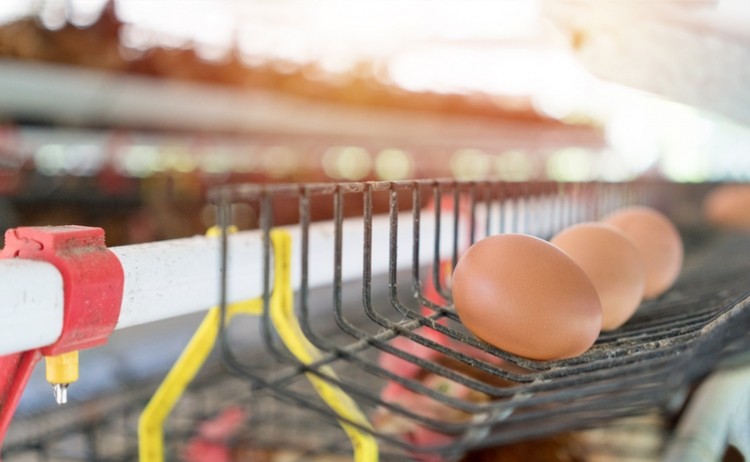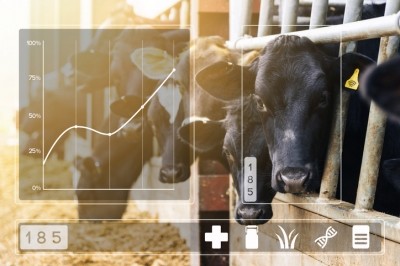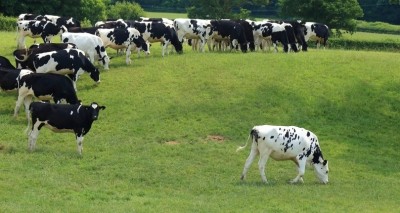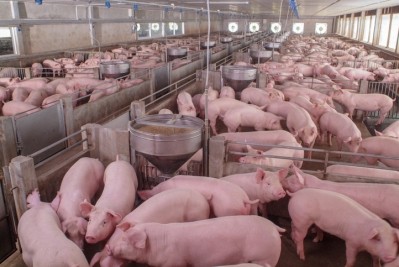special edition: Reports from IPPE
Zinc type key in bid to ensure egg production in heat-stressed layers

We caught up with Kurt Perryman, technical sales manager at Micronutrients, a Nutreco company, during the International Production and Processing Expo (IPPE) in Atlanta, Georgia to hear more about the research it is doing in relation to poultry diets and hydroxy trace minerals.
Micronutrients has been exploring the possibility of reducing the amount of its zinc hydroxy chloride product that is used in poultry diets while maintaining production, he said. “Our main drive is efficiency, so we can use less zinc.”
“The recommendation is between 100 and 120 ppm and most people feed about 120ppm – we recommend 80,” he said. “That’s a pretty substantial drop to prevent excess mineral excretion and we also get the better performance from the birds – better feed conversion, which means less ingredient inputs so that saves our customers money and also it’s better for the environment.”
Zinc is an important mineral for birds and is involved in many of the enzymes that function within a layer, said Perryman. During heat stress, it is involved with the process that removes carbon dioxide from the blood and helps balance the ph.
“When a bird is panting it exhales more carbon dioxide than it takes in and there’s less carbon dioxide in the blood, so their blood becomes more basic,” he said. “If their blood is basic they can’t dissolve calcium from their bones to put into eggs – so their production is going to drop.”
Heat stress trial
The heat stress feeding trial was done in conjunction with researchers at Texas A&M, said Perryman. During the 52-week long feeding trial, layers experienced four weeks of conditions where temperatures reached or exceeded 104 degrees Fahrenheit (40 Celsius).
The heat stress period started at about 30 weeks into the trial when the layers were in their main laying period, he said.
During the heat stress study, production for birds on all the diets dropped during the high-heat period, he said. However, birds on a diet with zinc hydroxy chloride, instead of zinc oxide, generated eight additional eggs and used 3.1% less feed.
“We attribute that to the differences in the availability of our minerals,” he said.
New work
The company is now working on a new layer study seeking to use lower levels of zinc during production, said Perryman. The 40-week layer trial uses four diets but does not include a stress challenge.
The four diets include a traditional zinc sulfate diet, a diet with hydroxy chloride zinc at 30% of the recommended amount, a diet with the same reduced amount but in zinc sulfate and a low IntelliBond zinc diet with additional manganese, he said. “Manganese is important for eggshell formation,” he added.
Details from the study are expected to be available at the start of 2021, he said.
In addition to the layer trials, the company also is working on a series of research projects looking at the use of bioavailable copper in the diets of broilers including those raised without antibiotics, Perryman said. “We were just trying to answer some questions – we’ve got a lot of papers coming out of the University of Auburn on feeding length and amount.”















